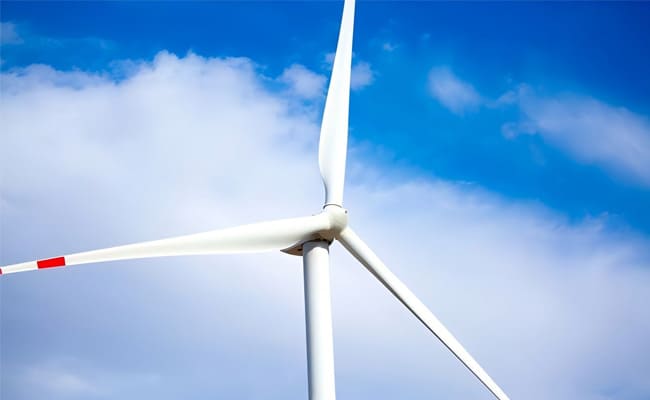As wind power continues to gain momentum globally, the design of wind turbine blades plays a vital role in energy output. One frequently asked question is:
Why are wind turbine blades so long and narrow, especially in residential wind generators and small wind turbines?
This narrow-blade design isn’t just for aesthetics—it’s the result of precise engineering focused on maximizing performance, reducing structural load, and ensuring stability across varying wind conditions.
Let’s dive into three key reasons why modern wind electric generators are built with narrow blades.
1. Lower Air Resistance = Higher Energy Efficiency
When wind flows across turbine blades, wide blades create more drag, which slows rotation. In contrast, narrow blades significantly reduce air resistance, allowing turbines to spin more easily and efficiently.
This aerodynamic advantage is particularly valuable in a home wind generator or residential wind generator, where wind speeds may be moderate or inconsistent. A narrow-blade design allows turbines to start at lower wind speeds and maintain efficient rotation, improving energy output in everyday environments.
2. Reduced Wind Load, Increased Durability
Wind load is the force exerted by wind on the turbine structure. Larger, wider blades capture more wind—but they also absorb more stress, which can damage the turbine over time.
Narrow blades offer a smarter solution. By reducing surface area, they lessen wind load on the hub, tower, and bearings, helping your wind electric generator operate smoothly even during gusty conditions. This leads to:
Longer turbine lifespan
Lower maintenance costs
Better structural safety
For both large-scale farms and small wind turbines designed for home use, durability is key to maximizing return on investment.
3. Better Adaptability to Changing Wind Speeds
Real-world wind conditions fluctuate constantly. A turbine that performs well in variable wind is more reliable, especially in rural or off-grid areas.
Narrow blades help the wind turbine adapt to both low and high wind speeds:
In light breezes, their lightweight design allows quick startup
In strong winds, the reduced surface area prevents overloading and extends turbine life
This makes residential wind generators with narrow blades an ideal choice for diverse environments—whether it’s a coastal village, mountain cabin, or rural farmland.
Extra Advantage: Narrow Blades in Home Wind-Solar Hybrid Systems
The narrow blade design is a key component in modern wind and solar hybrid systems, which combine two renewable energy sources for around-the-clock power.
Why it works so well for homes:
Compact design for rooftop or yard installation
Minimal noise, perfect for residential areas
Low cut-in wind speeds for reliable generation even on calm days
Seamless pairing with solar panels for continuous off-grid energy
If you’re installing a home wind generator, make sure the blade profile is optimized for your local wind conditions. Narrow blades offer the best mix of performance and safety for homeowners seeking sustainable energy.
Summary: The Science Behind Narrow Wind Turbine Blades
To summarize, the narrow-blade design of modern wind electric generators is driven by:
Improved energy conversion
Lower mechanical stress and wind load
Increased adaptability across different wind zones
Whether you’re investing in a commercial setup or a small wind turbine for your home, narrow blades provide greater efficiency, resilience, and cost-effectiveness.
Discover High-Performance Residential Wind Generators
At Elege Wind Turbine, we specialize in residential wind generators, wind and solar hybrid systems, and small wind turbines tailored for home, farm, and off-grid use.
Why choose Elege New Energy?
Industry-leading blade materials with low startup wind speed
Compact and efficient systems for various environments
Trusted by customers across Europe, North America, and Southeast Asia
Explore our full line of products and start building your clean energy future today.



